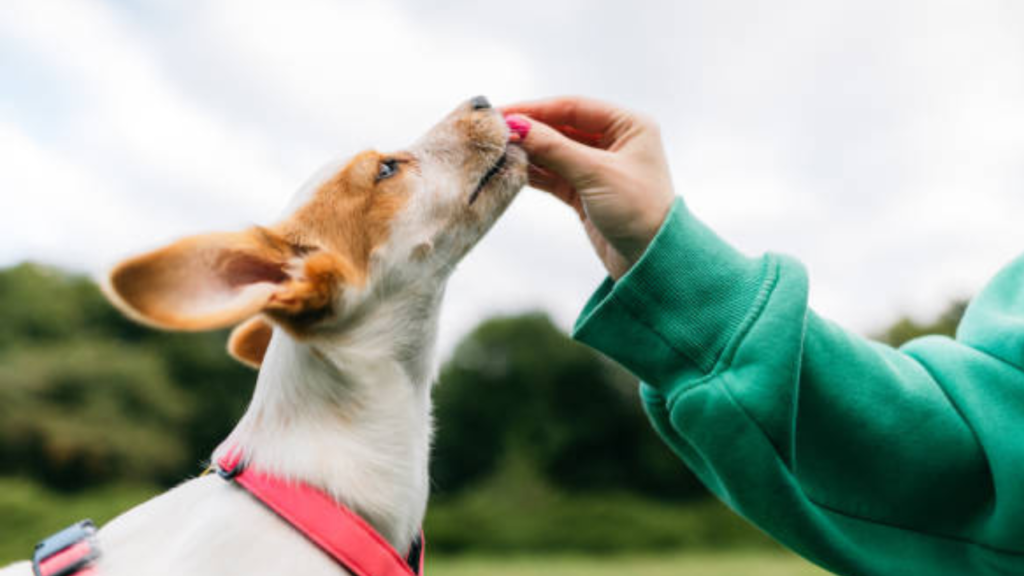
Are you seeking a way to help with your dog’s unwanted behaviour? You are at the right place.
A dog is the best companion of humans. Once it faces a problem, every dog parent cannot see his/her dog struggling. So, this is where the solution comes in—lessons for behaviour modification for dogs.
These lessons help transform your pup into a healthy companion. If you want to know more about them, we will dive into what to expect from them here.
Identifying Triggers
One of the primary goals of behaviour modification lessons is identifying what triggers your dog’s undesirable behaviour. This process is essential, as it helps trainers understand the root causes of these behaviours.
For example, if your dog barks excessively at other dogs, the trainer will closely observe the circumstances surrounding this behaviour. They may note factors like the environment, the proximity of other dogs, or even specific times of day when the barking occurs.
By gathering this information, trainers can devise strategies to reduce or eliminate these triggers, helping your dog respond more appropriately in various situations. Understanding these triggers is vital because it allows for a more targeted approach to modification, addressing the specific issues your dog faces.
Positive Reinforcement
A fundamental principle in behaviour modification is the use of positive reinforcement. This method focuses on rewarding your dog for displaying desired behaviours rather than punishing them for unwanted actions. For instance, if your dog remains calm in the presence of another dog, they should receive praise, treats, or playtime as a reward.
By emphasizing positive reinforcement, you create a more encouraging environment that motivates your dog to learn and grow. This technique fosters a strong bond between you and your dog as they begin to associate positive experiences with good behaviour. Over time, this approach leads to more consistent behaviour changes and helps to build your dog’s confidence.
Structured Training
Behaviour modification lessons often follow a structured format, allowing for a systematic approach to addressing your dog’s behaviour issues. Trainers introduce specific exercises and techniques designed to change behaviour incrementally.
For example, if your dog displays resource guarding tendencies, the trainer might guide you through exercises to help your dog feel more secure around their possessions. This might include teaching your dog to associate your presence with positive outcomes, such as receiving treats when you approach their toys. Such structured training helps create a predictable learning environment, which is beneficial for both the dog and the owner.
Consistency
Consistency is key in behaviour modification. Trainers emphasize the importance of maintaining a regular training schedule and using the same commands and rewards. This consistency reinforces the behaviours you want to encourage, making it easier for your dog to understand what is expected of them.
If family members use different commands or reward systems, it can confuse your dog, hindering their progress. Therefore, everyone involved in your dog’s training should be on the same page, utilizing the same techniques and communication styles.
Family Involvement
Family involvement is crucial in the behaviour modification process. Trainers often provide guidance on how each family member can contribute to reinforcing positive behaviours.
When everyone in the household participates in the training, your dog receives consistent messages, which is vital for successful behaviour change. This collaborative approach fosters a sense of teamwork and unity, allowing for a more supportive environment where your dog can thrive.
Patience and Persistence
Changing behaviour takes time and requires patience throughout the process. Behaviour modification is not a quick fix; it necessitates dedication and commitment from both you and your dog. Trainers will provide strategies to help you stay motivated and maintain a positive mindset during challenging moments.
Expect setbacks along the way; they are a normal part of the learning journey. The key is to remain persistent, celebrate small victories, and understand that progress may vary. By adopting this mindset, you create a nurturing atmosphere that encourages your dog to succeed, ultimately leading to lasting changes in behaviour.
Conclusion
Behaviour modification lessons for dogs offer a structured and supportive way to address unwanted behaviours. By identifying triggers, employing positive reinforcement, and ensuring family involvement, you can create a consistent and encouraging environment for your dog. Remember that patience and persistence are essential throughout this journey. As you and your dog work together, you’ll build a stronger bond and foster confidence in your furry companion. With dedication and the right strategies, you’ll see meaningful improvements in your dog’s behaviour, leading to a happier, healthier relationship between you and your beloved pet.




